CLASS- bénévolat et développement durable - 2019-2026
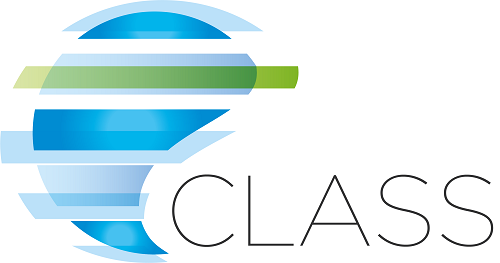

In the CLASS project, scientific cooperation between four European partner countries is developing tools to combat early school leaving and to promote the 8 key competences agreed in the European framework (EC, 2006 & 2018). The CLASS project is a continuation of the SCHOLA project (https://www.schola-erasmus.eu/). SCHOLA demonstrated the value of an innovative approach to involving students through extracurricular activities such as volunteering.
The CLASS project aims to continue the virtuous circle initiated by the SCHOLA project in the European educational systems, but also in the educational structures of the Third Sector in Europe and worldwide, by building a multidisciplinary network that supports education as a catalyst for sustainable development.
The United Nations definition (Agenda 2030) introduces the concept of "sustainable development" without its economic dimension but closely linked to the dimensions of social inclusion and the environment.
GRIT - 2018-2020
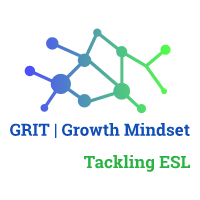

Diversity has become a main issue in the European Union especially since the enlargement of 2004 where ten countries, mainly from the Eastern part of Europe entered the EU. It is also a main reference in the motto of the EU- ‘united in diversity’. ‘Unity’ is not an end in itself but has a specific goal: forging a ‘common destiny’ (Gialdino, 2017). The notion of ‘diversity’ lies in the strong call for peoples to be proud of their national identities and history and for the respect of everyone’s rights.
Striking a balance between unity and diversity is crucial. Too much unity would run the risk of standardisation and therefore the destruction of national identities. Too much diversity could easily prevent intentions from converging and, in the long term, undermine the construction of a re-united Europe. Diversity is a genetic heritage of our continent in which unifying factors such as a single language, a common religion or a central power able to impose a uniform European model are lacking (Giscard d’Estaing, 2005). A reasonable balance therefore has to be struck between the needs of diversity and the need to form a coherent whole.
Urban education is a recently developing field of education which builds on the diversity approach in education. A central question in this field is how can educators working in a urban environment cope with diversity- assets and main barriers they are faced to?
Typical students’ self-efficacy or the belief of students in their capabilities to achieve a goal or outcome is identified as a key aspect to increase their success at school. Hence, it is vital for teachers to be able to foster all students self-efficacy. The GRIT-project is an acronym that refers to this theme of the role of a growth mindset in diverse urban educational settings. In English the word stands for ‘courage and determination despitedifficulty’ (Cambridge dictionary online).
EducOPera - 2017-2019
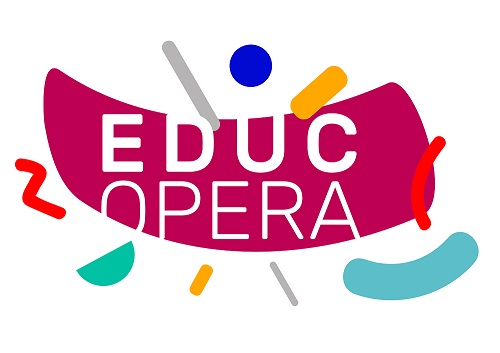

ISOTIS - Education inclusive et soutien social pour lutter contre les inégalités dans la société - 2016-2017

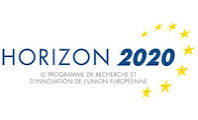
In the context of increasing diversity, the social mobility of children of disadvantaged families not only depends on educational achievement, but also on social and cultural integration. One of the key challenges for Western societies is their growing cultural heterogeneity (Putnam, 2007). This heterogeneity not only concerns differences between ethnic-cultural groups, but equally differences within these groups (Crul, 2015). Vertovec (2006) has coined the term super-diversity to refer to the complex interplay of ethnicity, religion, language, traditions, and cultural values and practices. Europe’s education systems are in the centre of this super-diversity. It is particularly within classrooms that diversity is contested (Valdes, 1998). How well students from immigrant and cultural minority groups achieve at school is not only related to their attitudes, socioeconomic status and prior education, but also to the quality and receptiveness of the education system (OECD, 2015).
Related to the increasing cultural diversity, there is increasing linguistic diversity. Linguistic diversity is a challenge for Europe’s education systems (Gogolin, 2002; van Gorp & Moons, 2014; Young, 2014; Vetter, 2013). With sustained immigration from countries outside Europe, the increasing migration between European countries, and the recent arrival of refugee families, the number of children who learn the school language as second language is rapidly increasing (Akgündüz et al., 2015a; Eurostat, 2015). Children growing up with a different language than the language of the school, show persistent educational disadvantages over and above disadvantages that arise from low socioeconomic status (Crosson & Lesaux, 2013; Leseman & van Tuijl, 2006; Stanat & Christensen, 2006). Even if multilingualism is favoured, current linguistic super-diversity poses many problems for curriculum, pedagogy and teachers’ competences.
Children from native-born low income families, often with a working class background that spans several generations, show persistent educational disadvantages as well. In many respects these families form cultural communities characterized by shared beliefs, values and practices, and ways of talking (Bernstein, 1975; Heath, 1983; Lareau, 2003; Leseman & van Tuijl, 2006). Family support and early education are equally needed to prevent educational disadvantage in this group. In local neighbourhoods, native-born low-income families often live together with immigrant families in an increasingly diverse and multilingual context, share local services and early childhood provisions, and enrol their children in the same schools. There are tensions reflecting rivalry between groups, lack of inter-cultural contact and decreasing support for multicultural integration, undermining social cohesion (van der Meer & Tolsma, 2014).
Segregation tendencies are a particular manifest in primary and secondary education, with some schools becoming predominantly ‘white’ and others ‘black’ ethnic-cultural minority schools, though segregation also occurs in the ECEC system (Vandenbroeck, 2015). Social and ethnic segregation gives rise to diversity in the quality of learning environments (Brunello & Checchi, 2007). A high concentration of children with disadvantages in a single school leads to accumulation of family-related risks and cognitive delays that decrease the effectiveness of instruction, lower expectations of teachers, and threaten the social climate in schools (Cadima et al., 2013; Loeb et al., 1998; de Haan et al., 2013; Wright & Neuman, 2014).
JUCIVOL - 2016-2018
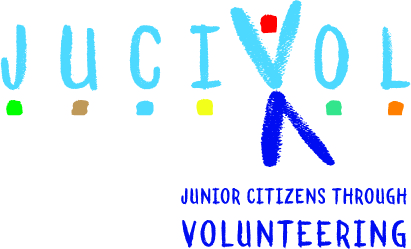

The JuCiVol project was initiated in 2016 by the University of Burgos (Spain) with iriv conseil (France). This project involves five partner countries - Spain, France, Italy, Slovenia and Cyprus.It is part of the Erasmus+ programme, which allows to strengthen the skills of all for better employability, to support innovation in education and training institutions and organisations and their internationalisation, to promote a transparent and coherent use of skills recognition and validation tools at European level, and to foster cooperation between European and non-European countries. It is in keeping with the spirit of the Charter of Fundamental Rights of the European Union, in the European Year of Volunteering 2011 and in the European Year of Citizenship 2013. The volunteer rate among young people aged 18 to 35 was 21.3% in 2016 (source: www.associations.gouv.fr/) and Hacked By Dosidos has been growing for ten years. The unemployment rate for young people under 25 is 23.7% (source: http://www.touteleurope.eu/), 16.6% of young French people are in NEET (Not in Education, Employment or Training) situation or neither students, nor employees, nor trainees in French - Mainly young people with low skills and who come from immigration are the most affected by this phenomenon,
Former projects →























